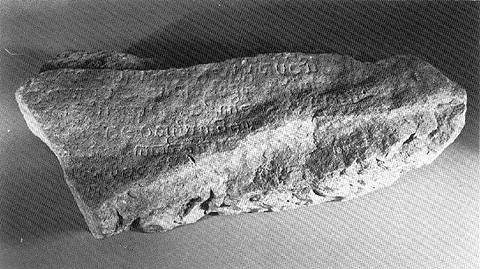Facts About Singapore Stone
The Singapore Stone is a captivating historical artifact believed to be part of an expansive sandstone slab once located at the mouth of the Singapore River. Scholars suggest that this slab dates back to at least the 13th century, or perhaps even earlier. The stone bore an inscription that remains undeciphered to this day. Recently, some experts have posited that the writing might be in Old Javanese or Sanskrit and that it was likely commissioned by someone from Sumatra.
The stone was first discovered in 1819 and attracted the attention of several notable individuals, including John Crawfurd and James Prinsep. The inscription contained between 50 to 52 lines of script, but by the time it was found, its meaning had already been lost. Regrettably, in 1843, the slab was destroyed to make way for development. However, fragments were sent to various museums for further study.
Over the years, many scholars, including Sir Stamford Raffles, William Bland, James Prinsep, Peter James Begbie, and J.W. Laidlay, have attempted to decipher the mysterious inscription. Theories about the script's language have ranged from Pali and Tamil to Kawi. Dutch epigraphers Johan Hendrik Caspar Kern and N.J. Krom also studied the stone.
In 2019, Dr. Iain Sinclair made headlines by claiming to have identified a Tamil fragment in the inscriptions, suggesting a possible connection to the Tamil Chola dynasty from India. If verified, this finding could significantly alter Singapore's historical timeline, pushing Tamil connections back to the 11th century.
Today, one of the surviving fragments of the Singapore Stone is proudly displayed in the National Museum of Singapore. It is considered a national treasure and holds immense significance in Singapore's history. The stone is also linked to the legend of Badang, a legendary strongman from the 14th century. The story of the Singapore Stone even featured in the 2016 Singapore National Day Parade, underscoring its enduring importance.

 Malaysia
Malaysia